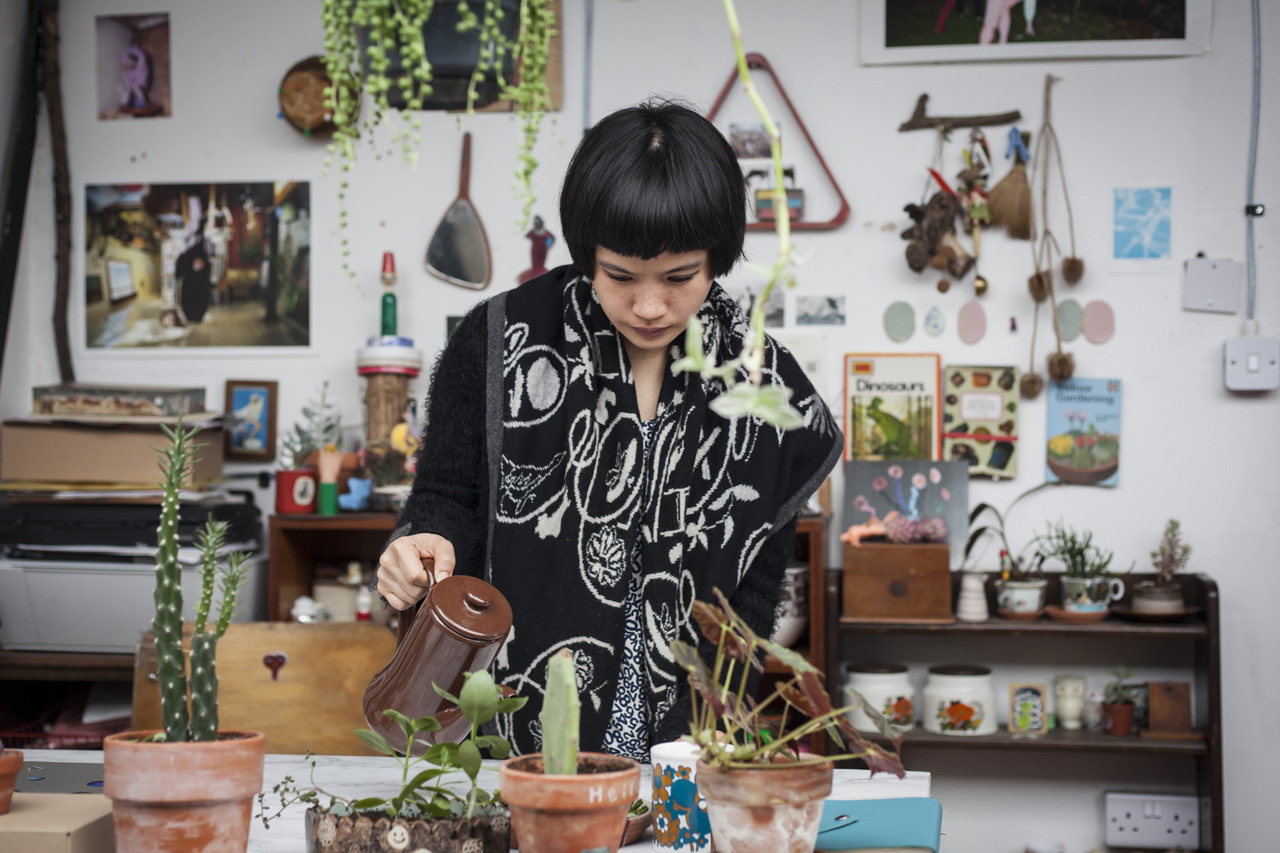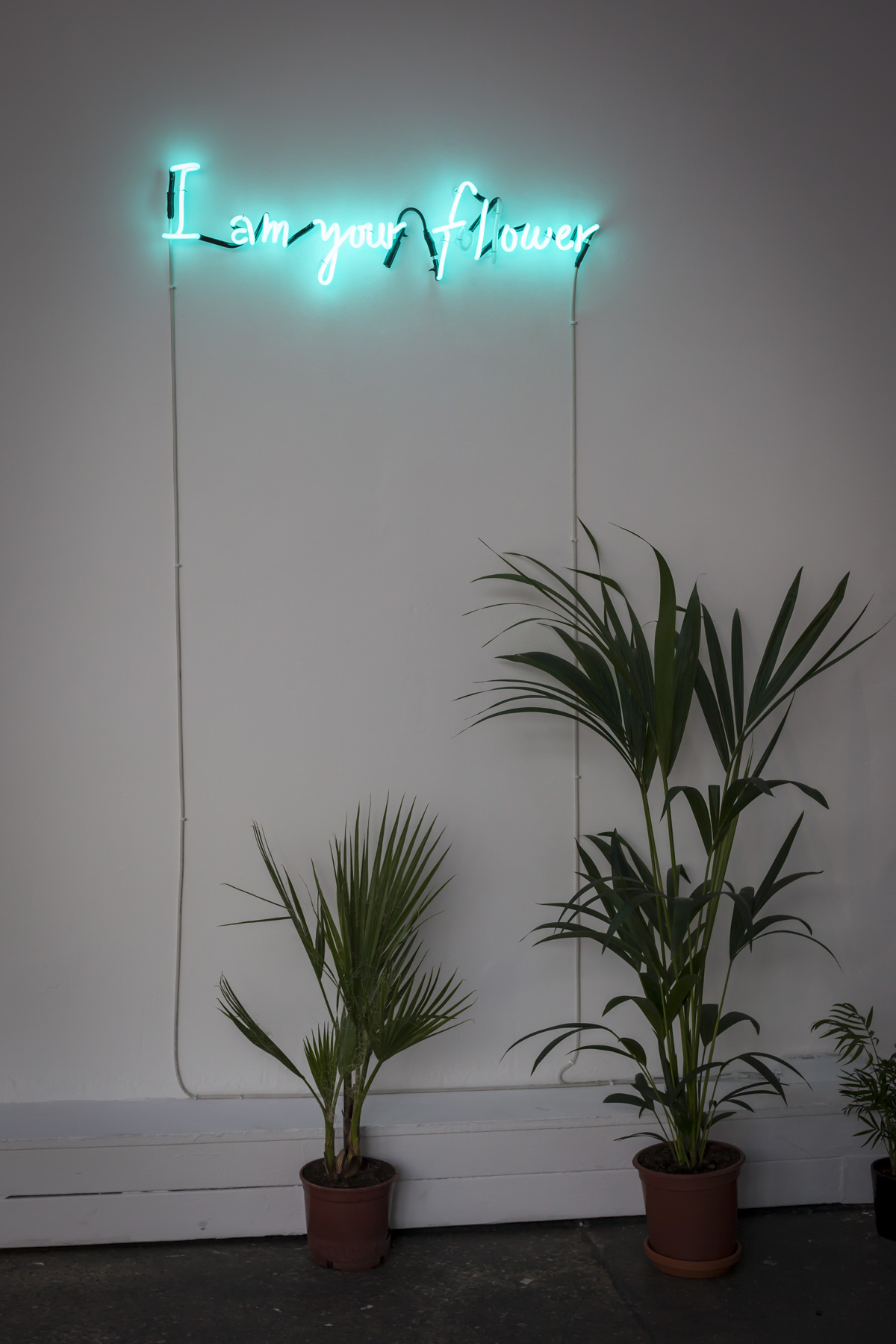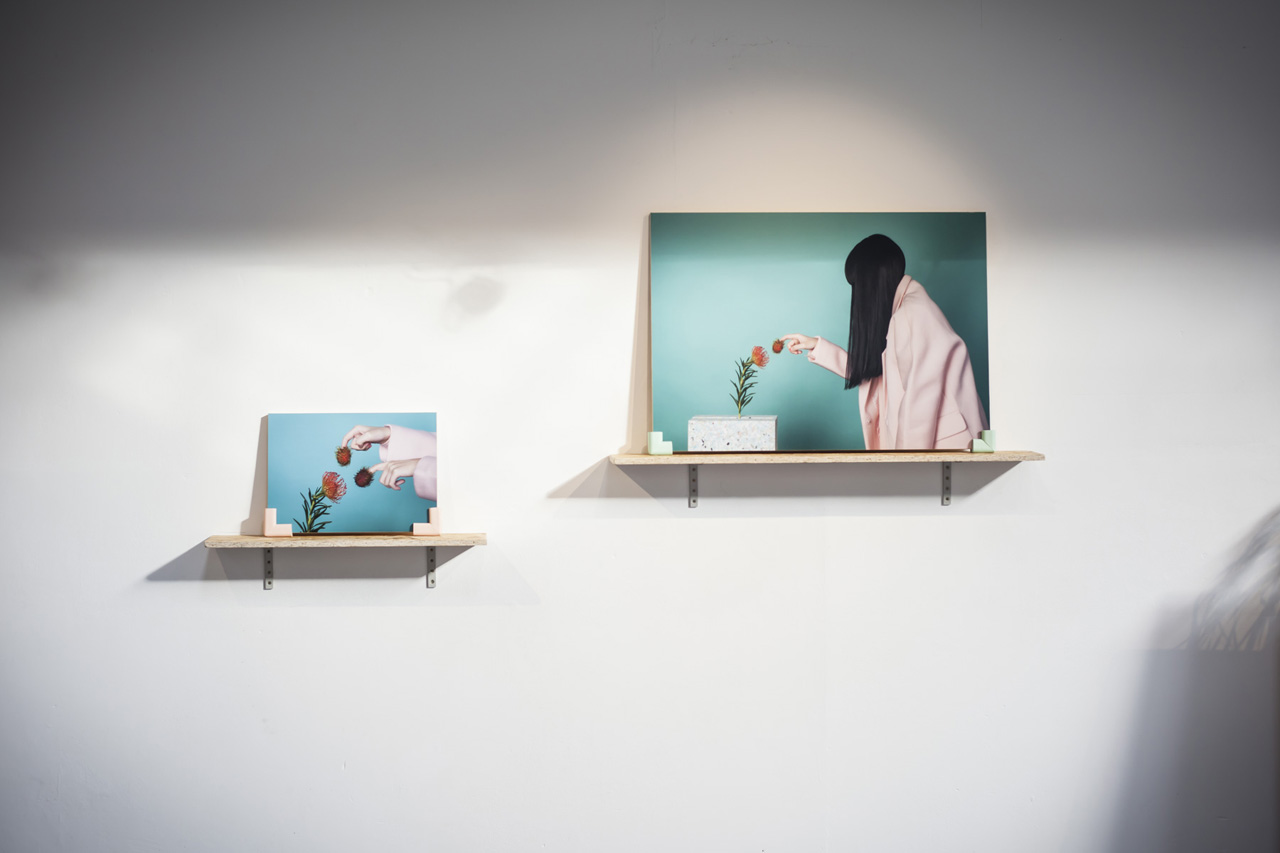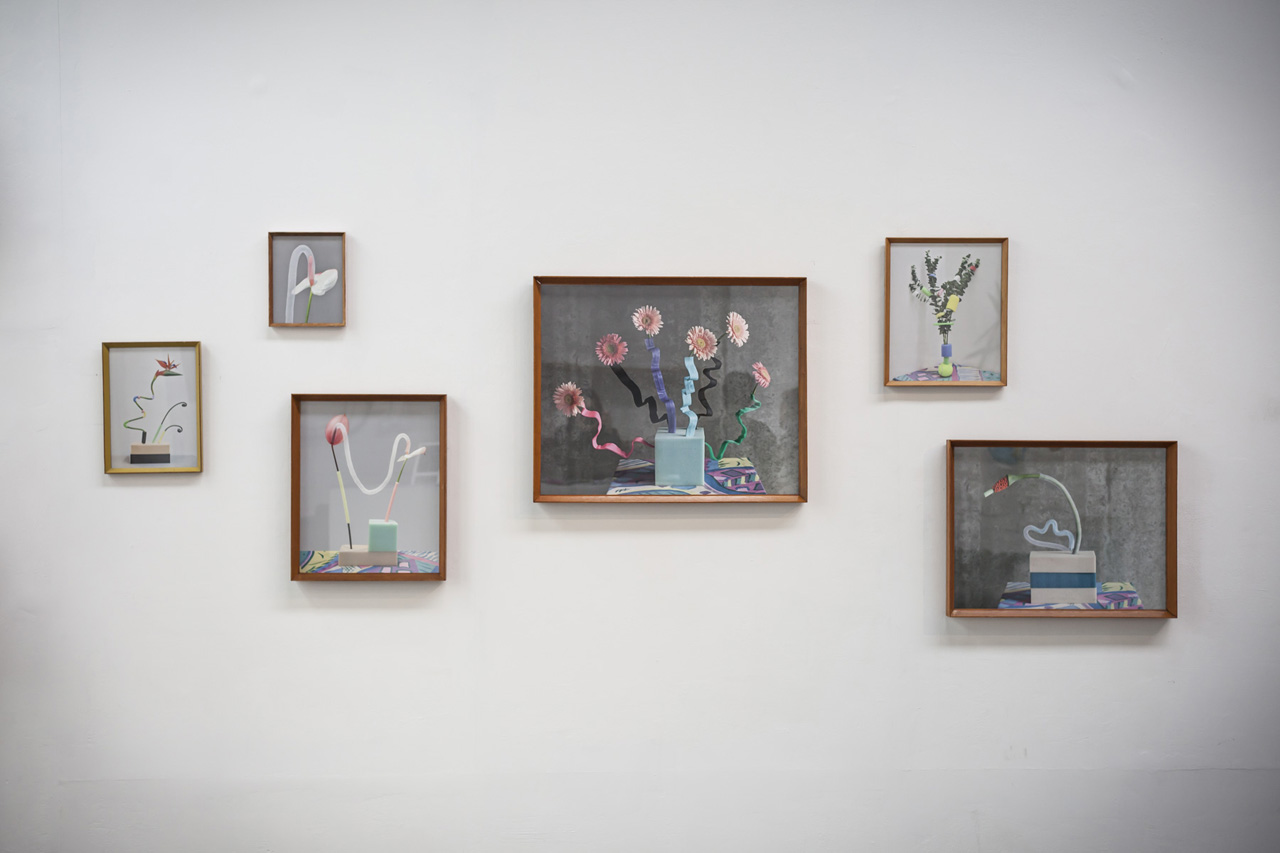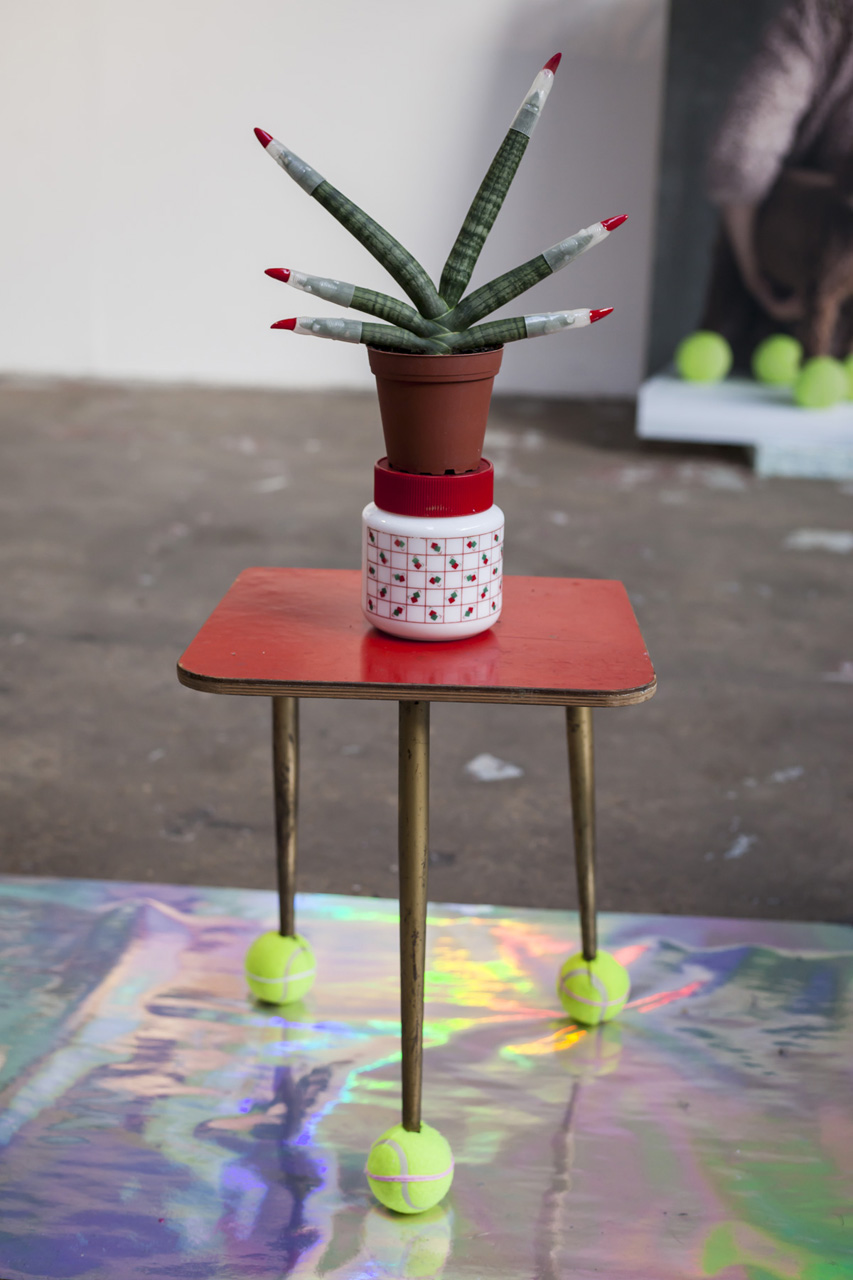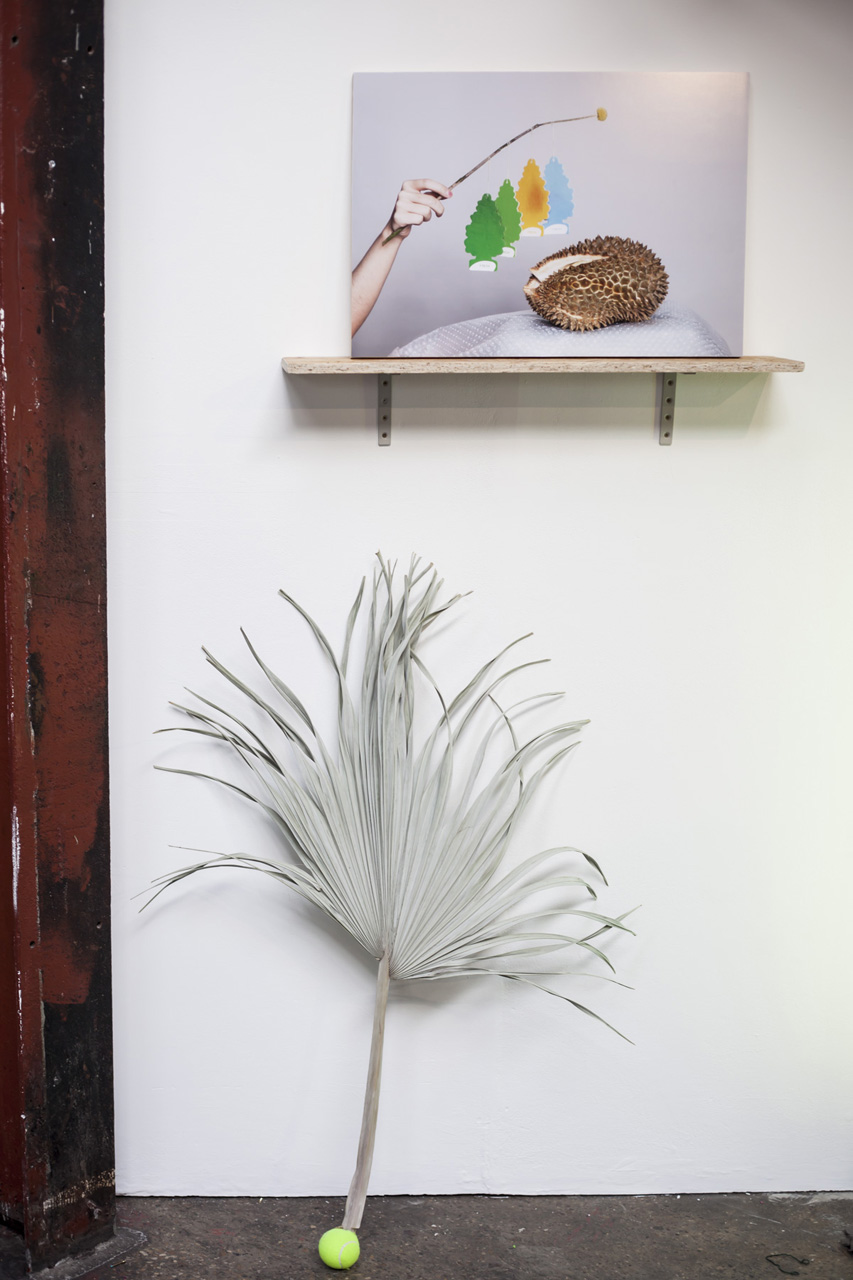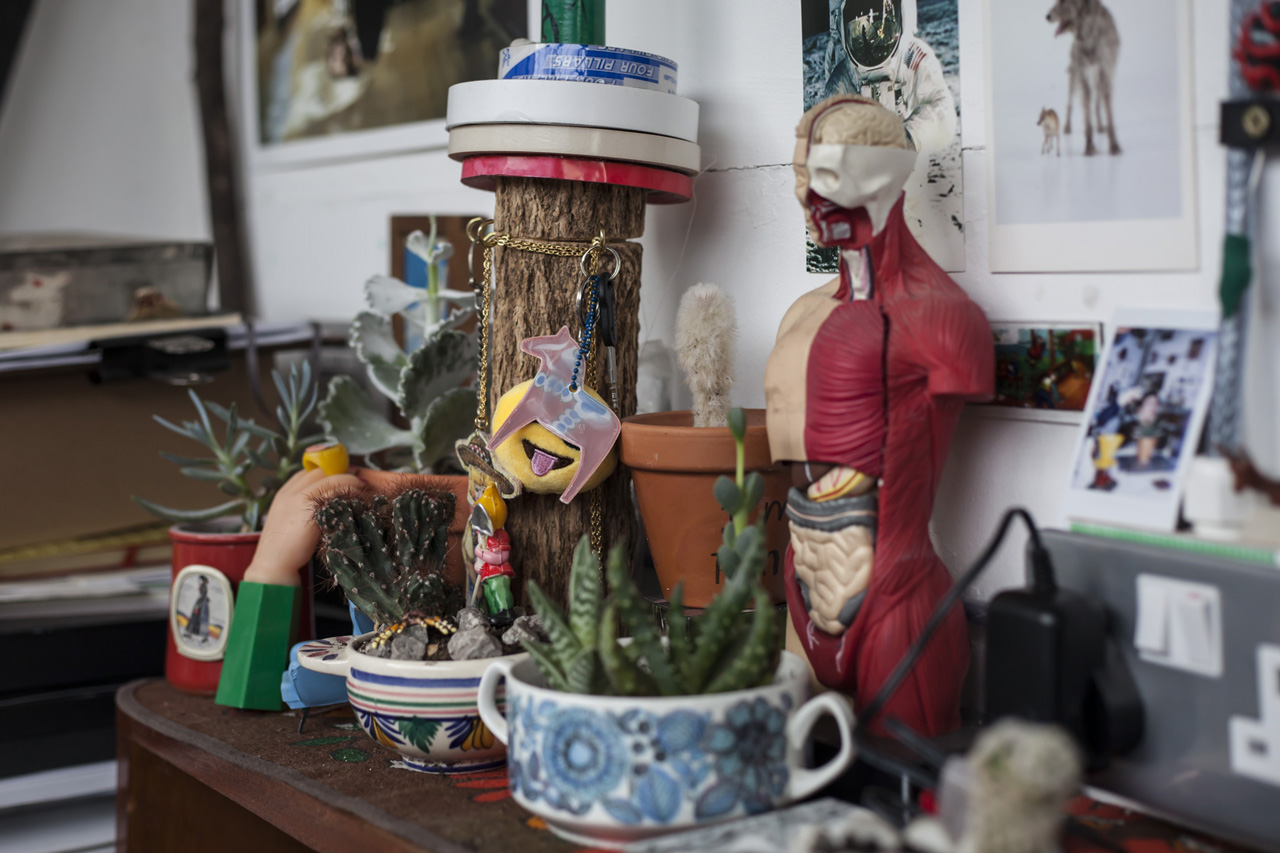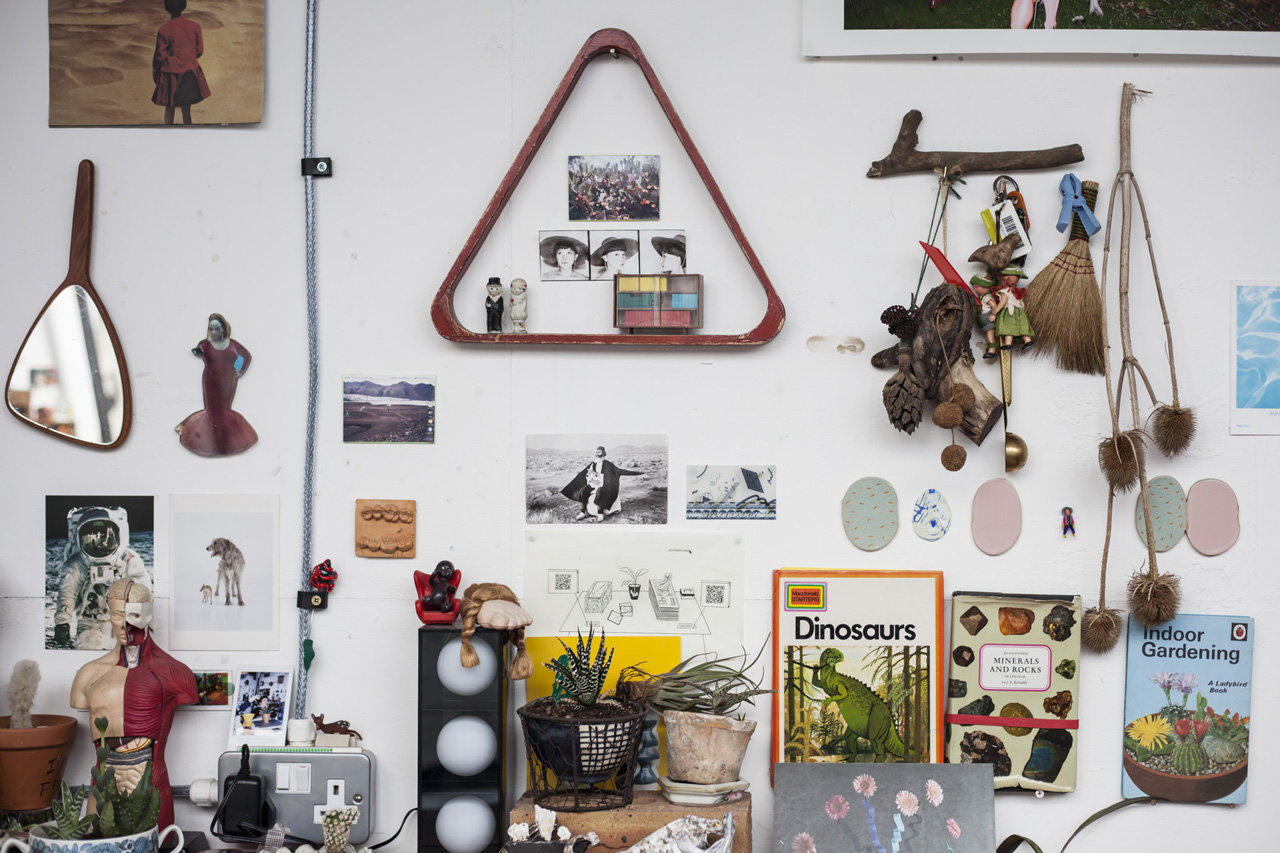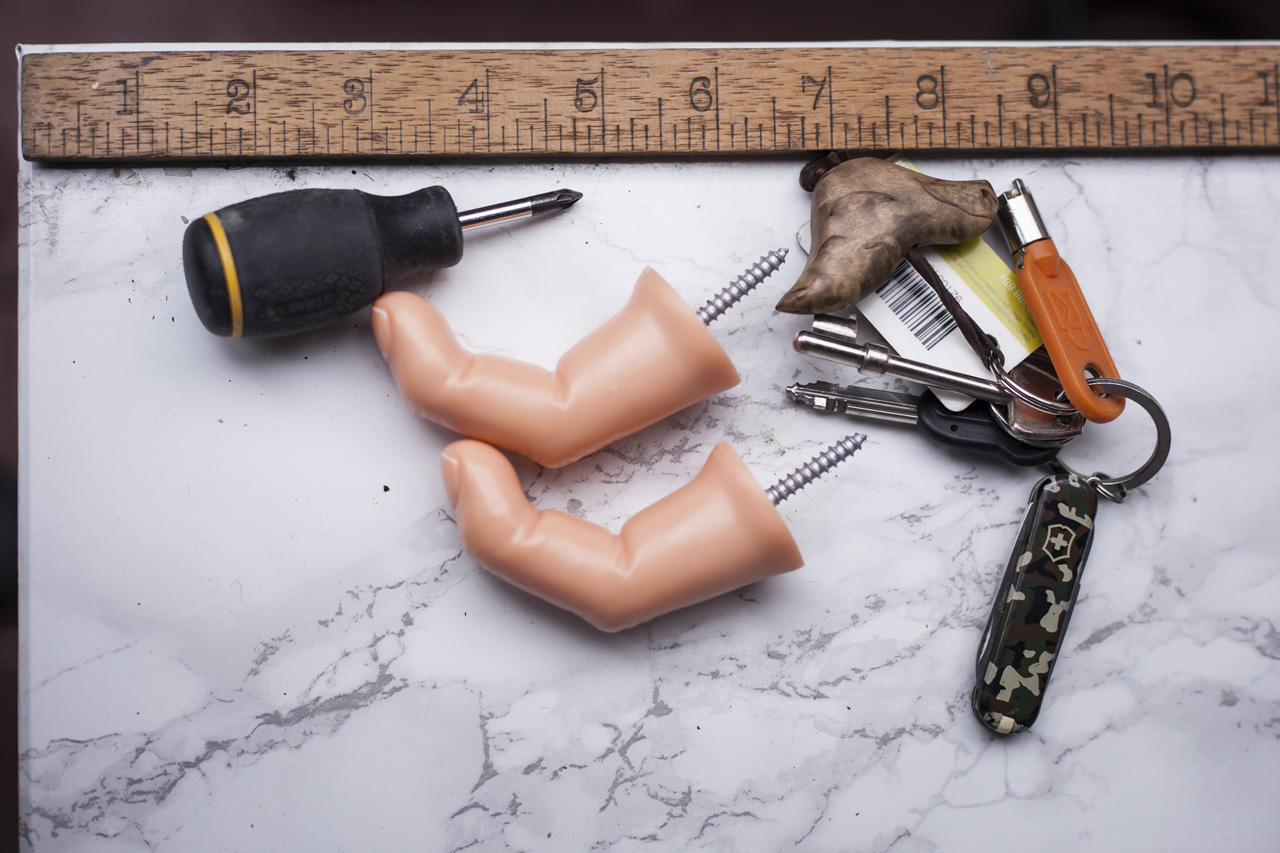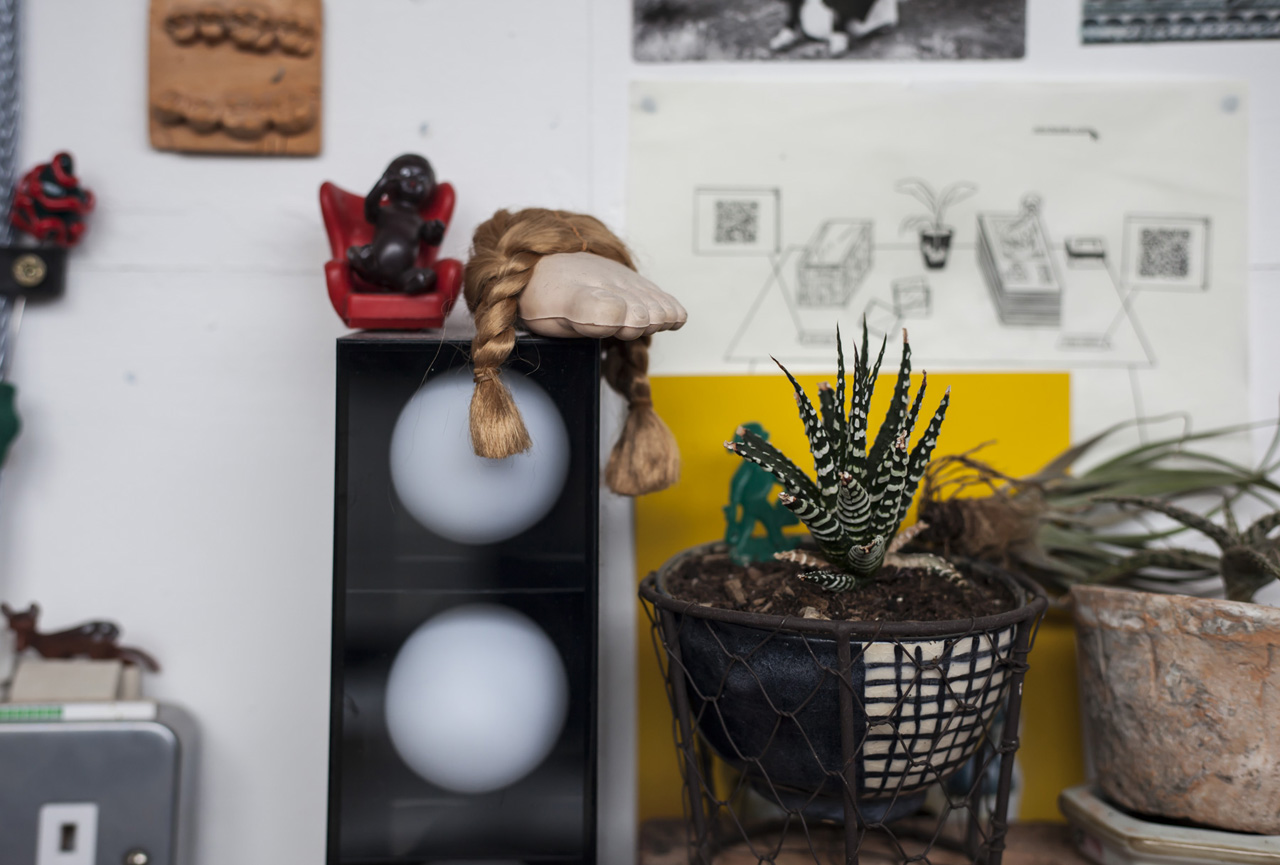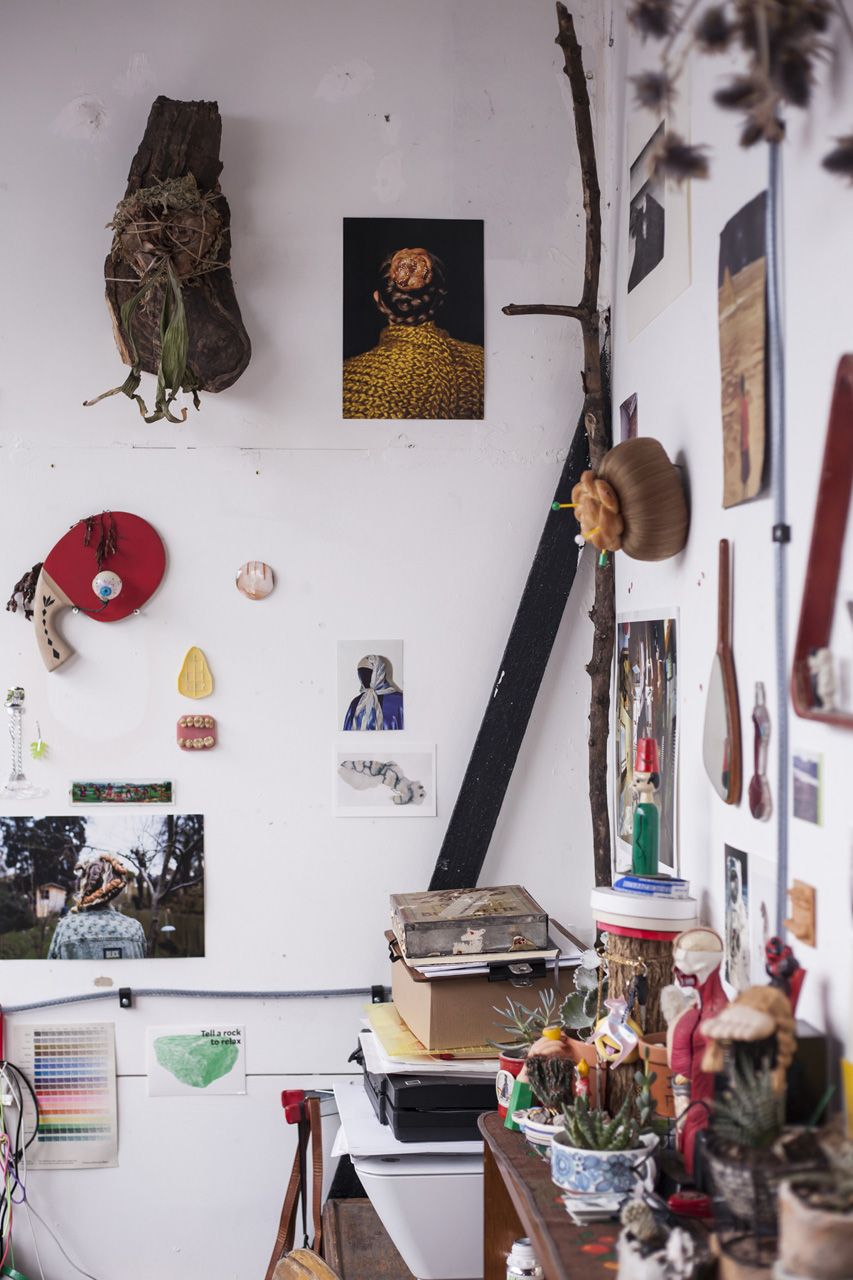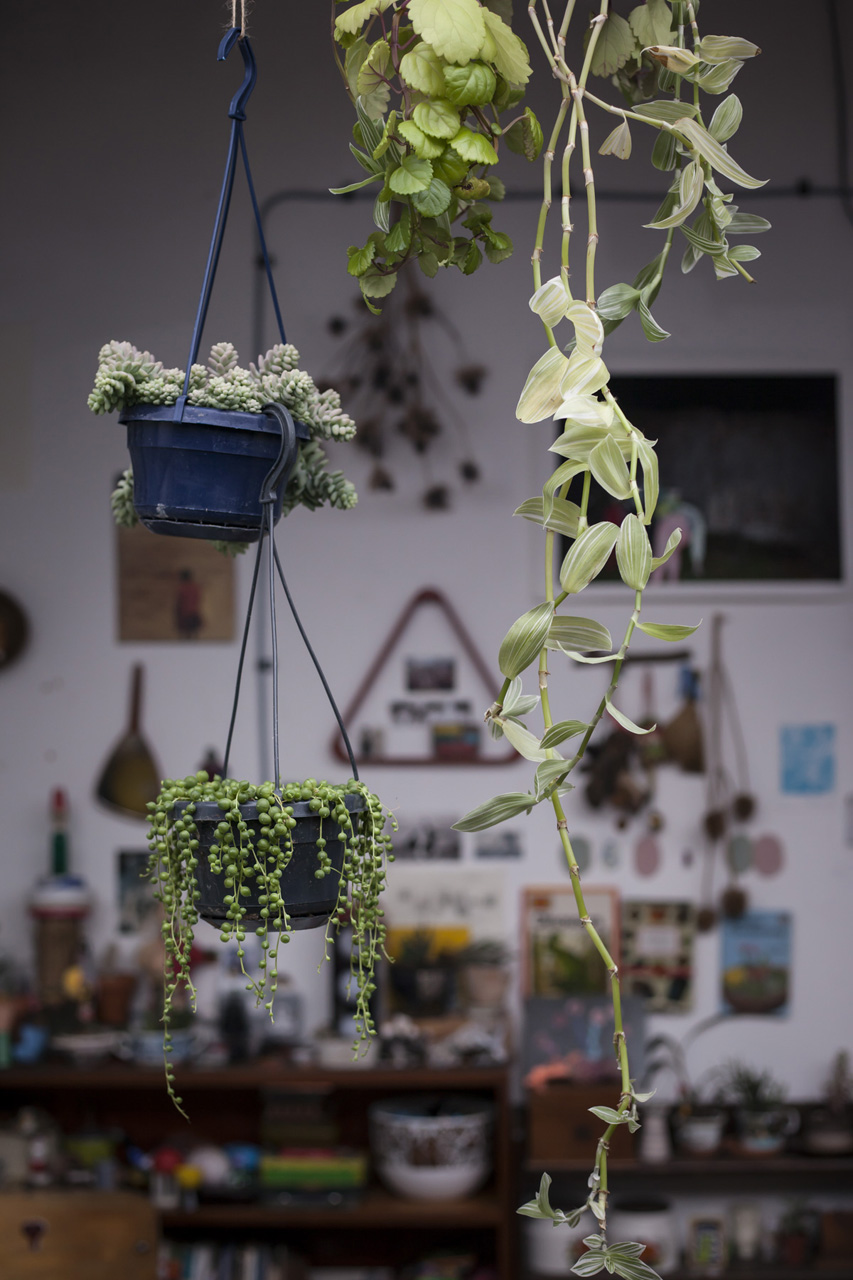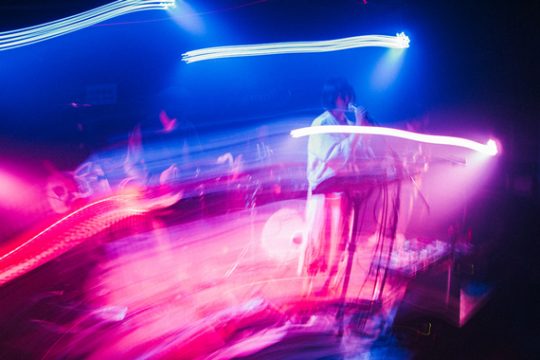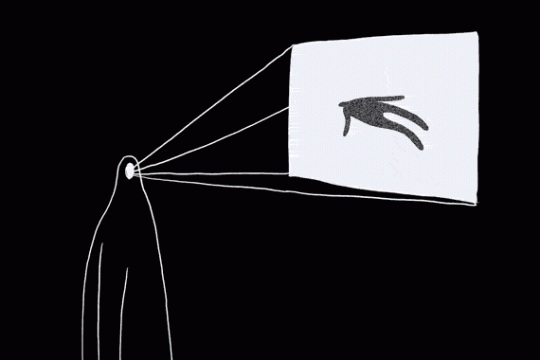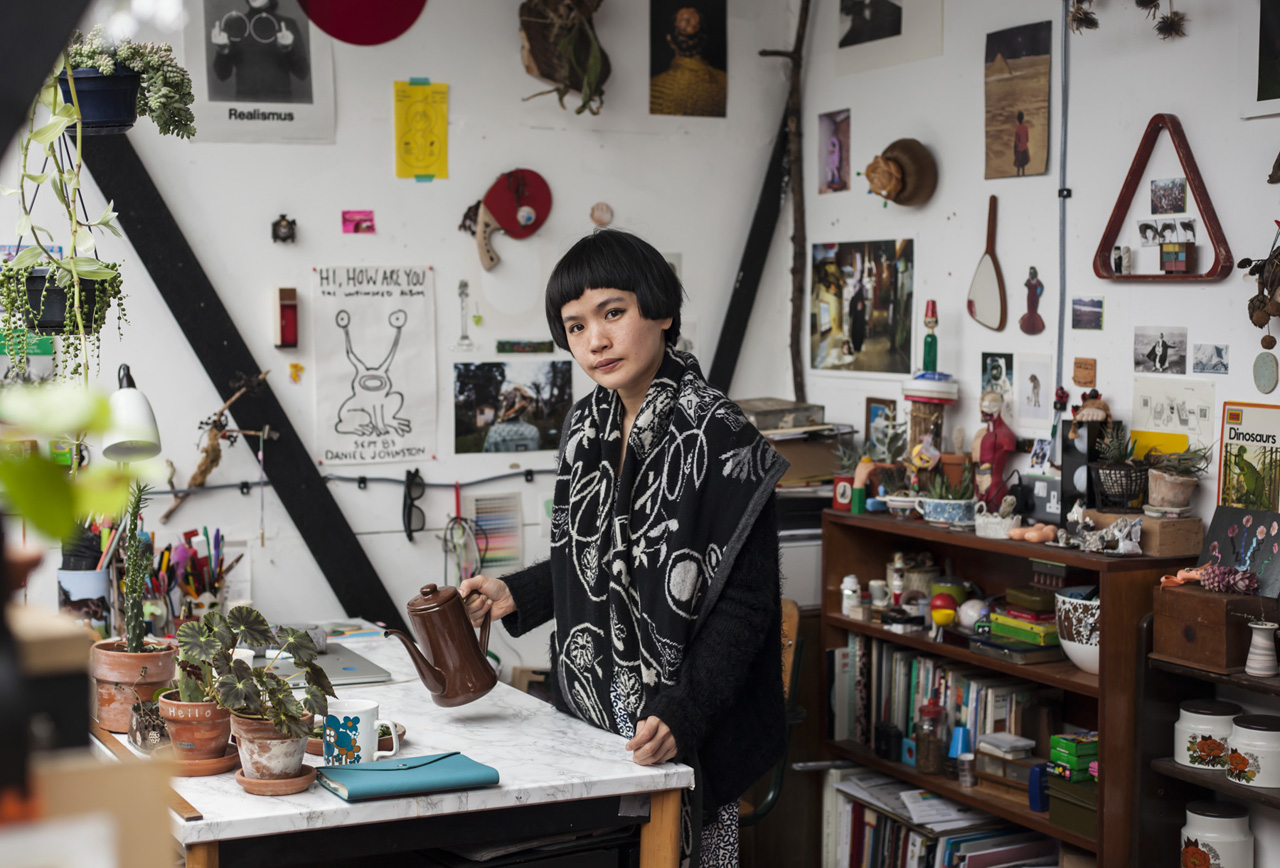
Ting Cheng, born in Taipei, is an artist whose work is a delicate fusion of graphic design, photography, styling and installation art. Ting has established her unique style by using unexpected material, and always seems to be able to put a smile on the viewer’s face.
In her latest project What’s Up Plant?, Ting uses her iconic photographs of plants and juxtaposes them with a brand new series of sculptures, demonstrating her enthusiasm for all things plant-related. Ting reinvents the world around her into something surreal but at the same time honest. Through a personal interpretation of her environment, she interacts with these plants and shows them her love in a witty and humorous way. Neocha recently spoke with Ting about the inspirations behind her work as well as her latest projects.
出生於台北的藝術家鄭婷,擅長將各種藝術形式融合在一起,包括攝影、平面設計、造型設計和裝置藝術。鄭婷運用出人意料的材料和組合,獨特的效果總能讓觀者會心一笑。
在鄭婷的最新作品《植物,你好嗎? 》中,她把自己最具代表性的”植物攝影”和新創作的裝置組合在一起,展示自己對所有植物的熱情。鄭婷用藝術重現身邊的環境,既展現一種荒謬感,又是一種極誠實的表達。我們和鄭婷談了談她的藝術創作和最新作品。
Neocha: Photography is your main means of artistic expression. How did you get started with the medium?
Ting Cheng: I was a fine arts student at the Taipei National University of the Arts, where everyone had their own studios. But I didn’t specialize in illustration, so I didn’t have one. Without a workspace of my own, I had to come up with some other ways to create – methods that didn’t involve having a fixed space. That led to me taking pictures. I would often go out, and when I came across an interesting space, I would find ways to physically interact with the space. In the beginning, my camera was only a tool to document my daily life. I would hand the camera to whomever I was spending time with. I used an Instamatic camera and film that I bought from a flea market; this resulted in most of my photos from around that time being blurry and out of focus.
At the time, I didn’t feel like I was creating anything. I just thought it was fun. After a while, I began accumulating a lot of photos. I only started using a professional-grade digital camera when I came to London and began studying photography. For me, photography is a good way of turning my ideas into something real.
Neocha: 攝影是你的主要藝術表達形式。你是怎麼開始攝影的?
鄭婷:我大學的時候在台北藝術大學念美術系,大家都有自己的工作室。因為我沒有專門在畫畫,所以我沒有畫室,沒有一個自己的空間。所以我想找一個方式我可以創作,又不需要在一個固定的空間,所以我開始拍照。如果出去玩看到有趣的空間,我就會用的身體和環境做互動。一開始相機只是記錄的方法,如果有誰在我身邊就把相機交給他。我用傻瓜機和膠片 — 很爛的從跳蚤市場裡買的相機,所以那時很多照片都是糊的。
那時候我不會覺得在創作,我就覺得好玩,過了一陣子就累积了很多照片。後來我來到倫敦念數碼藝術的研究生,那時候我第一次用比較專業的數碼相機。攝影對我來說還是把想法呈現出來的方式。
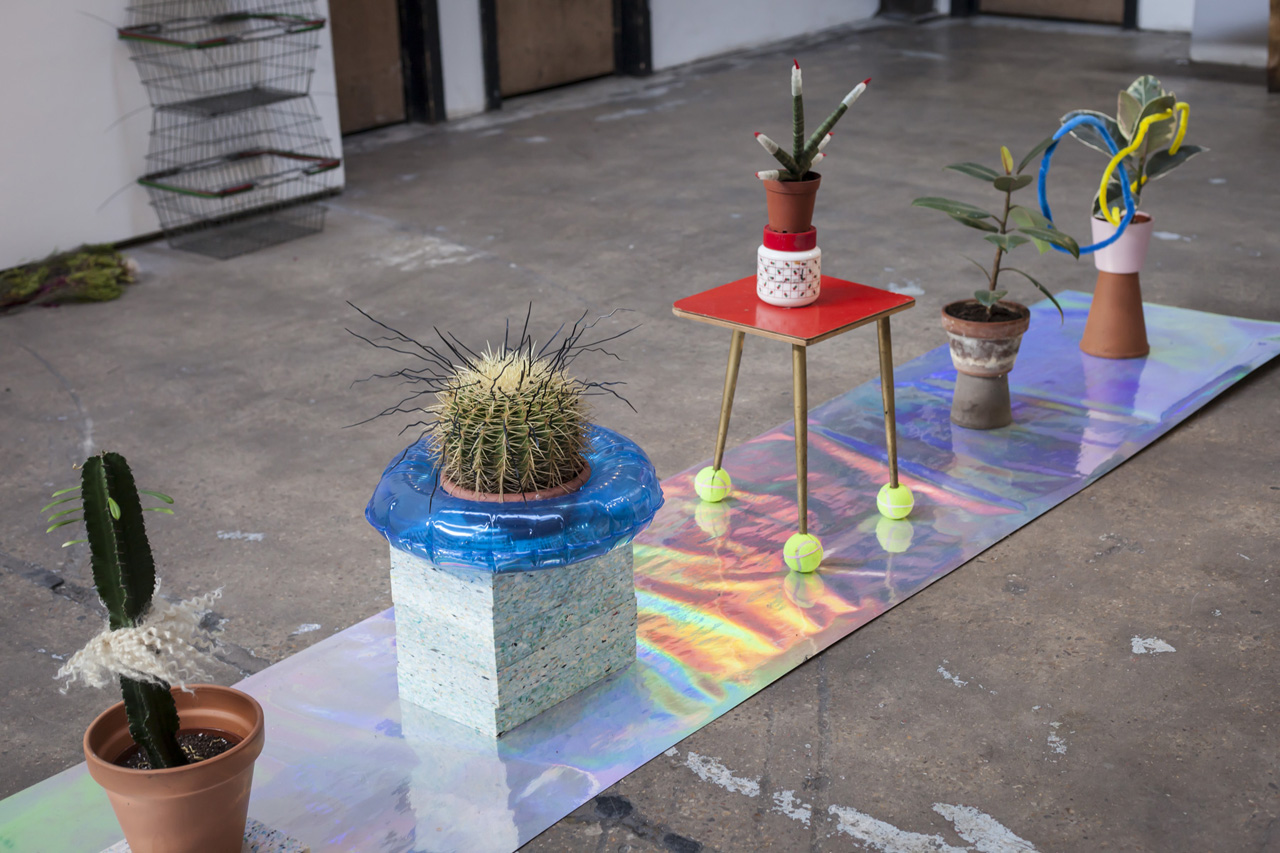
Neocha: Your work incorporates photography, graphic design, design styling, and installation art. How did you become interested in all these different mediums?
Ting Cheng: I’m not a storyteller and my mind doesn’t work in a linear fashion. All of my work tends to be quite spontaneous. I have lots of smaller ideas, and I string these together into a bigger concept. Basically, I combine these separate elements together into something more coherent.
I feel like everything is a form of arrangements, such as graphic design and styling. Whether it’s flat or three-dimensional, it’s still arrangements. Medium to medium; people and objects; combining colors; life, death, and everything in between – all of these things involve different forms of arranging things. When I first started to take pictures, everything was on computer monitors. Transferring it from camera to a computer, it was all flat and two-dimensional. But when I’m shooting, I think three-dimensionally because of the environment. Afterwards though, it turns flat, so I have to use different spaces and try to make my work more multifaceted.
My work started focusing on styling while I was still in school, people had a lot more free time and could model for photos. The school was very supportive, and everyone was motivated to help you work on your projects. After graduating, all my friends have busier lives and it’s expensive to rent out a studio. So I started thinking of how I can go solo.
Now I’m thinking of doing short videos, but my content will still be similar to my previous work. The concept of styling will still be evident, and I will combine all of my work. Thinking linearly is difficult for me, but I welcome the challenge. I have to consider different aspects when it comes to videos; I have to think about sound and movement. The more things I have to take into consideration, the more room there is for me to play around. I think it’ll be fun.
Neocha: 你的藝術創作涵蓋攝影、平面設計、造型設計和裝置藝術。你是怎麼對這麼多方面感興趣的?
鄭婷:我不是一個說故事的人,不是一個線性的人。我的東西都是很及時很短的。我有很多小點子,這些小點子放在一起就成為的大的點子,基本上是很多細碎的小元素結合在一起的。
我覺得所有東西對我來說都是在擺設,平面設計、裝置都是一樣。從平面到三維都是擺設:媒材和媒材之間,人和物件之間,活的和死的之間,各種顏色之間。早期開始拍照,所有東西都在電腦螢幕上看,從相機出來到電腦螢幕都是平面的。拍照的時候我會用三維思考,因為在那個環境裡;但拍完變得很平面,所以想要多運用不一樣的空間,希望自己的作品更多元。
還有一個是我的東西變得比較裝置。唸書的時候大家都很閒,大家可以當你的模特,有學校的支持,大家都可以幫你做事情。但畢業之後,你的朋友也都畢業了,大家都很忙,租攝影棚又很貴,所以我想有沒有什麼方式我可以一個人完成的。
現在我想做視頻,但內容也是現在做的東西,也是裝置的形式,就是把我的作品串聯起來。要去線性思考,對我來說很難,但是是有挑戰的事情。視頻要思考到聲音,思考到動態,對我來說就是好玩,讓我思考更多東西,玩的空間更大。
Neocha: Can you tell us about the inspiration and process behind your new series What’s Up Plant? How did you start working with plants?
Ting Cheng: I don’t consider any of my work a part of a series. I make a lot of things, but they’re all different. I usually don’t start off with any plans. I just start doing it, and then I work on it some more. I am definitely interested in creating a series, but I feel like my work are all quite different from one another. The one thing they all have in common is the playfulness. It just happens that I’m interested in plants right now. Whenever I go a new place, I want to do things that will allow me to interact with the environment as a whole. When I was in Taipei, there wasn’t a lot of space, and there wasn’t much greenery. After I moved to London for my studies, I felt there was a lot more plants and parks, even though it’s such a big city. Now I’m living on a boat, I see water everyday, and I’m more in touch with the changing seasons which in turn let me become more in touch with nature. So when I see these plants, I just want to spend time with them.
When you greet plants with a “what’s up?”, you’re no longer alienating them, but treating them like one of us. They are equals, if not even more important. The way you treat plants should be the same as how you treat animals: they require special attention and care. They respond differently depending on how much care you give to them. If you don’t understand their needs, then they will die. I have an illuminated board with a photo of a cactus wearing a sock. What I tried to convey through that is “I’ll help you put on socks, you’re sharp, I’ll protect you.” It’s just like relationships between people, everyone shows love in their own ways, but the good intentions might not benefit the other. Protection is a reoccurring theme in the majority of my work.
Neocha: 談談你最新創作《植物,你好嗎?》(What’s Up Plant?)的靈感和過程?為什麼會拿植物創作?
鄭婷:我的作品沒有一個系列,我有很多東西但是都不一樣。我不是先有一個計劃。我先做,然後接著再做。我也想做一系列作品,但是做出來都不太一樣,但是所有作品都有“玩味”的成分在裡面。現在最讓我感興趣的就是植物。每次我到一個新的地方,會想做一些事情和整個環境做互動。因為我在台北的時候,沒有空間,沒有太多綠色。後來來倫敦讀書,倫敦也是大城市,但是有很多綠色,很多公園。現在住在船上,每天都看到水的生活,面對四季,就很直接面對自然。我每天看著這些植物,我想跟他們玩。
你和植物說“你好嗎”,打個招呼,你沒有把植物當成異類,而是和我們一樣,甚至更重要。對待植物就像對待寵物一樣,因為你要照顧他們。你怎麼照顧他們他們怎麼回應你,如果你不了解他們的習性他們會死。我有一個燈箱的照片是仙人掌上有襪子,想表達的意思就是“我幫你穿襪子,你很刺,我來保護你”。就像人和人之間,大家都用自己的方式去示愛,但不一定對對方好。作品裡面有很多保護的成分。

Neocha: Your work often utilizes strange materials. What’s your reasoning behind choosing these materials?
Ting Cheng: My ideas usually result from seeing the material. A lot of the things I use are purchased from thrift stores, and they tend to be common household items. I also like to go through flea markets for cheap things I can use. In What’s Up Plant?, there’s a cactus with a cable tie. One day I realized that they were the same! I don’t know how to describe the delight of that realization, it just felt right.
Neocha: 你的作品運用非常“奇怪”的材料,使用這些材料的原因是什麼?
鄭婷:我通常都是看到材料才有想法,很多東西從都是從十元店買來的很日常的用品,從跳蚤市場上來的很便宜的材料。《植物,你好嗎?》(What’s Up Plant?)裡有一個仙人掌,上面有一個束線帶。有一天我發現“它們一模一樣!”那個驚喜不知道如何形容,就覺得”對了!“
Neocha: Your work contains a lot of humor. What do you consider to be your major influences behind that?
Ting Cheng: Both my parents were joyous and outgoing people. My father loved toys, and he didn’t really feel like a typical dad to me when I was growing up. He would collect toys that didn’t seem to have any value – I didn’t really understand it. Even now, I don’t really feel like I am creating, I still feel like I am just playing around. My lack of understanding is definitely an important aspect of my work. Sometimes when I place something on something else, I don’t really understand why I did it, but it just seems funny to me. So it’s really hard for me to define any meaning behind my work, what it represents. But when I put it all together, I think to myself, “What is this? It’s hilarious.” When I start working on something, I’ll ask people “Do you think this is funny?”, if not then I won’t continue.
I really like Pina Bausch, but it’s not because of her contemporary dance. I feel like she’s amazing at observing life, all the little details, and the relationships between people. She takes all the mundane things in life and amplifies them, and does it repeatedly. I find it very humorous.
I want my work to influence others to look closer at the things that people usually overlook – especially the smallest, most microscopic of things. I want people to smile. My work isn’t a statement or reflection of Taiwanese culture, I actually consider my art to be very simple. It just forces people to take a closer look at the things that’s always been in front of them from a different perspective.
Neocha: 你的作品充滿幽默感,誰對你的啟發最大?
鄭婷:我爸媽都是非常開朗的人。我爸很喜歡玩具,從小到大我不覺得他是爸爸,因為他一直收藏沒有什麼收藏價值的玩具,我不懂。我到現在也不覺得我在創作,我還是覺得我在玩。對我來說很重要的一點是這個東西“我不懂”,這個東西放在那個東西上面,我覺得我不懂,可是我覺得它有趣。所以我的作品我很難告訴你背後的意義,這代表什麼。但是我把放它們在一起,我會覺得”這是什麼,好好笑哦“。我做了東西會問身邊的人“這個好不好笑?”,不好笑我不做。
我很喜歡Pina Bausch。我喜歡她不是因為現代舞,而是她很懂得觀察生活,小細節,還有人與人關係之間的關係。她把生活那種很瑣碎微小的東西放大,重複再重複,很有幽默感。
我的東西讓大家去看一些大家沒有發現的事情。其實很微小很微小,讓大家會心一笑。我沒有要去說台灣的文化什麼的,我的東西是很基本很簡單的,讓你用不同的角度去看呈現在你面前的東西。
